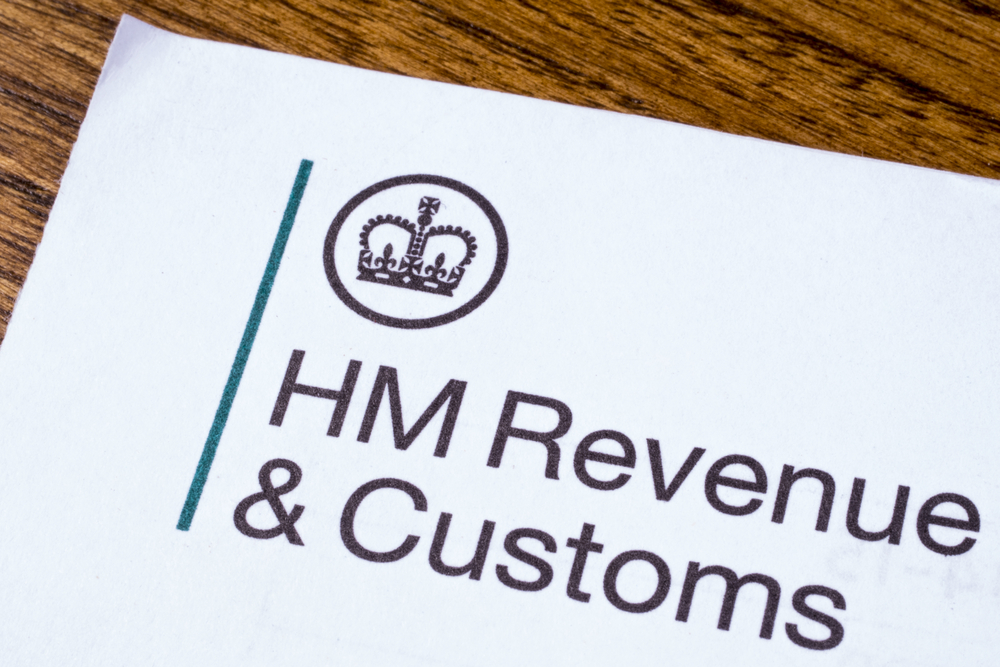If your business is in financial difficulty and is undergoing an insolvency procedure of some kind, you will be required to prepare a statement of affairs with the help of your insolvency practitioner. But what is a statement of affairs, when is it used, who writes it and what information should it include? All your questions answered by Business Expert.
Get Free Advice from Licensed Insolvency Practitioners
- If you submit this form, you’ll get a prompt response from someone who can offer advice.
- Our partners are fully licensed insolvency practitioners based in North London.
- Our recommendation is based on reviews, history, trading standards, ratings, satisfaction, trust & price.
- They offer over 100 years of combined partner experience.
- Your data will never be shared or misused.
What is a Statement of Affairs?
A statement of affairs, often abbreviated to SOA, is a structured document that provides a detailed snapshot of a company’s financial status at a specific point in time. It forms a key part of the insolvency process by giving creditors, shareholders and insolvency practitioners a summary of the company’s assets (property, machinery, vehicles, stock, etc.) and liabilities (secured, preferential, floating charge and unsecured). The SOA can also be a useful source of information for potential buyers of the company. The document is later registered at Companies House, where it can be viewed by the public.
In many ways, the statement of affairs is similar to a balance sheet, but while a balance sheet must be accurate and show the exact position of the company’s finances, the SOA uses estimated figures that are available at the time of writing.
When is a Statement of Affairs Used?
A statement of affairs plays an important part in the insolvency process. When a business cannot repay its debts, a range of insolvency procedures can be used to rescue or close down the business. As part of those procedures, a statement of affairs is produced to communicate key information about the business’s finances to the third parties involved.
- Company Voluntary Arrangement (CVA) – The statement of affairs is included in the proposal to creditors to provide relevant financial information before they vote on whether to accept the CVA.
- Administration – Directors must produce the statement of affairs within 14 days of an administrator being appointed so it can be included in the administrator’s proposals.
- Voluntary Liquidation – The statement of affairs will be presented at a creditors’ or shareholders’ meeting to outline the financial position of the business.
- Compulsory Liquidation – The appointed liquidator prepares the statement of affairs to show the total value of the assets that can be distributed to the creditors.
Who Writes the Statement of Affairs?
That depends on the type of insolvency procedure that’s taking place. If the business is entering administration, then the company directors will be expected to create the document. If you are asked to produce the SOA, you must do so to the best of your ability. If you don’t, you could receive a £5,000 fine or a daily penalty charge that will accrue until the statement is produced.
In the case of liquidation, the insolvency practitioner administering the liquidation will prepare the statement of affairs before submitting it to Companies House. The company directors will be asked to provide information about the company’s assets and creditors but the liquidator will put the final document together.
The statement of affairs is also supported by a statement of truth, which must be signed by a company director. It is the responsibility of the nominated director to ensure that all the information contained within the SOA is accurate. If it’s found that the SOA is inaccurate, does not contain all the relevant information or is likely to misinform or mislead, there could be serious consequences for the company director. That could lead to a fine or even disqualification from acting as a director for a period of up to 15 years.
How do you Write a Statement of Affairs?
A statement of affairs can be a complex and detailed document which is vital to the insolvency process. That’s why, if you’ve been asked to produce a statement of affairs, it’s best to seek the assistance of an insolvency practitioner.
Here is a gov.uk statement of affairs template to help to ensure your compliance with the rules.
What Information Should be Included in a Statement of Affairs?
The statement should include full details of the following with precise dates and accurate amounts where applicable:
- A list of current assets and liabilities (with valuations)
- Details of the company’s creditors – names, addresses and the outstanding balances owed
- Details of any security given for liabilities, its value and the date it was granted
- A current balance sheet and a copy of the management accounts
- A list of employees – addresses, salaries and start dates
- Details of the company’s VAT and PAYE position
The main aim of the document is to identify the creditors of the company and the assets that can be sold for their benefit. No evidence is required to support the figures included in the SOA but they must be reliable. There can be minor discrepancies between the figures included in the SOA and the amounts submitted by the creditors due to ongoing interest and penalty charges. The creditors will have the opportunity to submit changes to the debt amounts.
Expert Assistance From a Licensed Insolvency Practitioner
Are you worried that your business is insolvent? Perhaps you need help with the preparation of a statement of affairs or want advice about the next steps for your business? Just call 0800 24 24 51 or email info@businessexpert.co.uk for free and confidential advice from a licensed insolvency practitioner.



